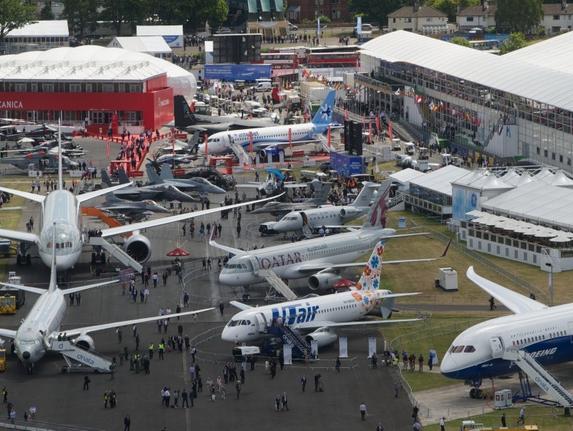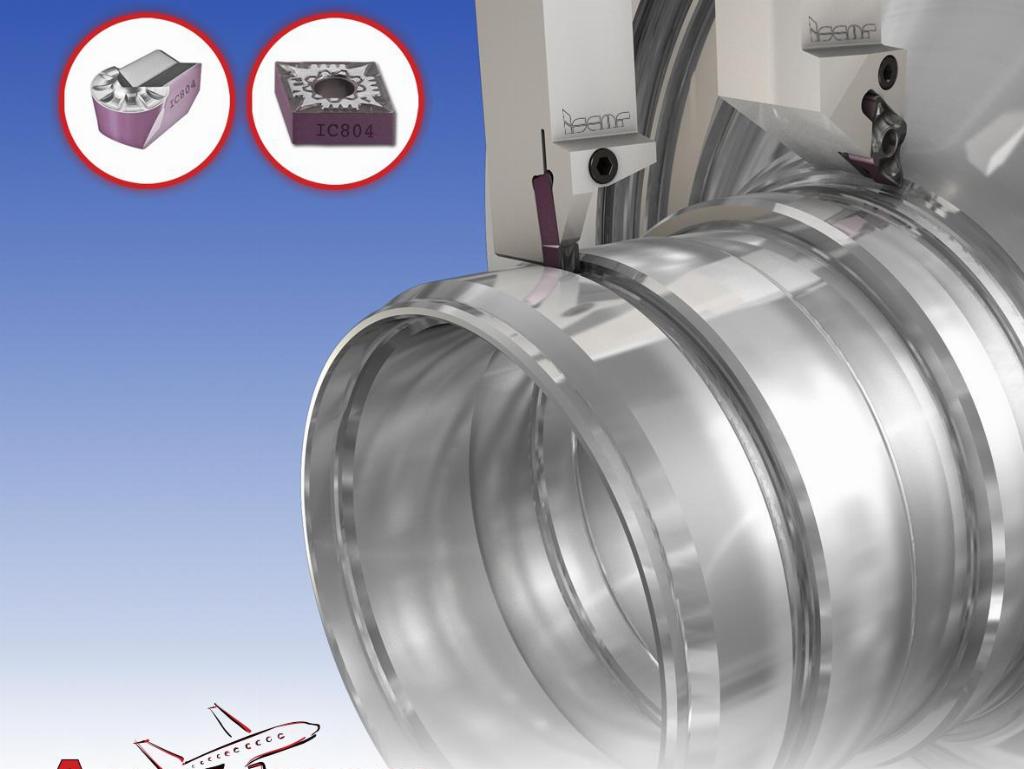Taming titanium

The largest producer of horizontal machining centres (HMCs) in the UK, Heller Machine Tools, has supplied a large, heavy-duty machine to GKN Aerospace Filton, near Bristol to rough titanium aircraft components.
It was installed on budget and ahead of schedule during the latter part of 2017. This year, it started producing a family of five structural components from titanium forgings, 24 hours a day, seven days a week.
Six years ago, there was a possibility of the Integrated Machining Facility (IMF) at Filton also being contracted to finish-machine the components. This work has not materialised, but it meant that a large, 5-axis machining centre (from a different supplier) had to be installed at the outset to allow for both roughing and finishing operations to be completed.
During 2017, the customer doubled the lot sizes to be manufactured, mirroring a similar increase in 2016. A second machining centre was therefore needed to cope with demand, but as the contract remains for roughing only, leaving a 3mm stock allowance ±0.127mm over the entire surface of each part, a more cost-effective 4-axis CNC machine was deemed sufficient for the task.
Six potential HMC suppliers were considered, half of which were shortlisted. John Hendry, project improvement engineer and Mike Davis, engineering group leader, opted for a Heller H 16000 with a high-torque spindle, due in part to its robust construction and well-proven technology. Additionally, despite the machine's size and rigidity, its installed weight at less than 50 tonnes allowed it to be positioned in the Filton facility where there is a solid, 300mm thick floor, without the need for any special foundations.
Mr Hendry comments: “The Heller machine was the best value solution for us at the quality end of the market. We were also reassured that the German-owned company has a manufacturing presence in the UK at Redditch, where they produce the smaller versions of these 4-axis machines.
"It means that there is a strong engineering capability nearby, if it is ever needed. Support has certainly been readily available so far, both from the UK and also from the German factory."
Mark Edwards, operations group leader of the Hard Metal Cell within the IMF, took advantage of the H 16000's arrival to re-engineer all five titanium aircraft parts. None requires simultaneous milling in more than three CNC axes and he was able to find significant cycle time savings on the 4-axis machine compared with the 5-axis process routes.
New strategies include taking lighter, faster cuts with solid carbide mills and reducing the number of inserted tools. This has the benefits of assisting penetration of 60-bar coolant to the point of cutting, increasing metal removal rate, improving surface finish by reducing the chatter from interrupted cutting and prolonging tool life.
For the largest of the five structural components, which measures 2,400mm long x 200mm x 170mm high, the cycle time was cut from 70 hours across two operations to 52 hours, a saving of more than a quarter. Similar reductions have been achieved on all of the parts, the smallest of which still involves 14 hours of machining.
As an indication of the amount of metal removal involved, a mid-size component measuring 1.1m long is machined from a 176 kg titanium forging, which is reduced to 60% less at 67kg after machining.
The specification of the H 16000 at Filton includes axis travels of 2,400 x 1,600 x 1,600mm and a high torque, HSK-100A spindle rated at 2,292Nm/60kW/6,000rpm.
An unusual feature of this H 16000 is that it is one of very few such models built by Heller in an optional configuration without an automatic pallet changer (APC). The rationale is that if one had been integrated, the longest structural aircraft part, unless it were tilted, could not have been rotated in the fourth axis without interference with the guarding.
Little time is lost during component changeover, however, as extensive use is made of zero-point clamping on the fixture plates. Extra advantages of a non-APC arrangement are a smaller footprint and a door that opens wider, providing easier access for loading and unloading parts.
Mike Davis adds: "We already had experience of Heller's equipment and service, as one of their HF 3500 trunnion-type 5-axis HMCs has been in use here since the end of 2016, machining titanium parts in our additive manufacturing R&D department.
"It is noteworthy that this machine was actually manufactured in Redditch, as it is one of the 5-axis models that they have been designated to produce, along with the larger HF 5500."
Heller Machine Tools www.heller.biz
GKN www.gkn.com















